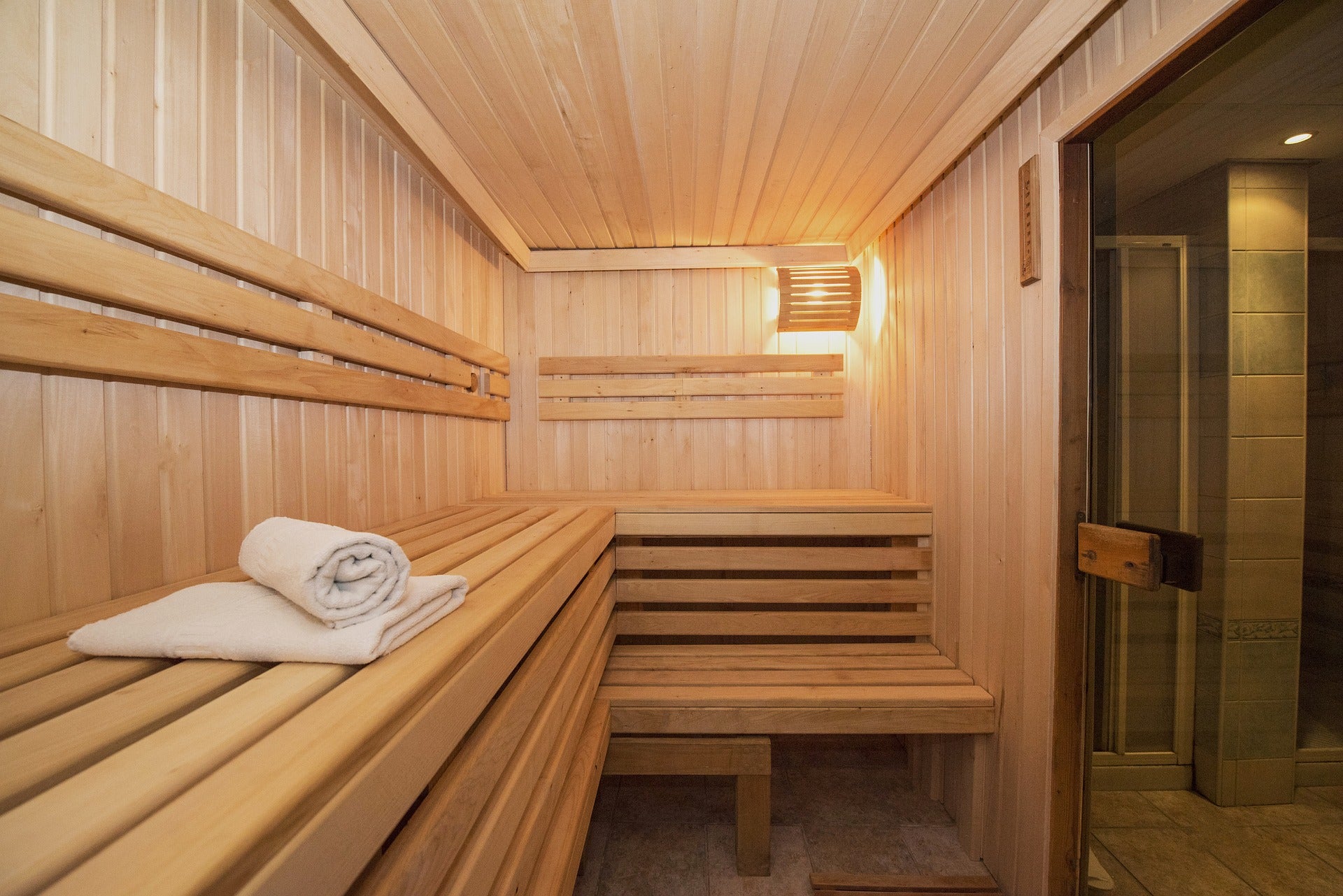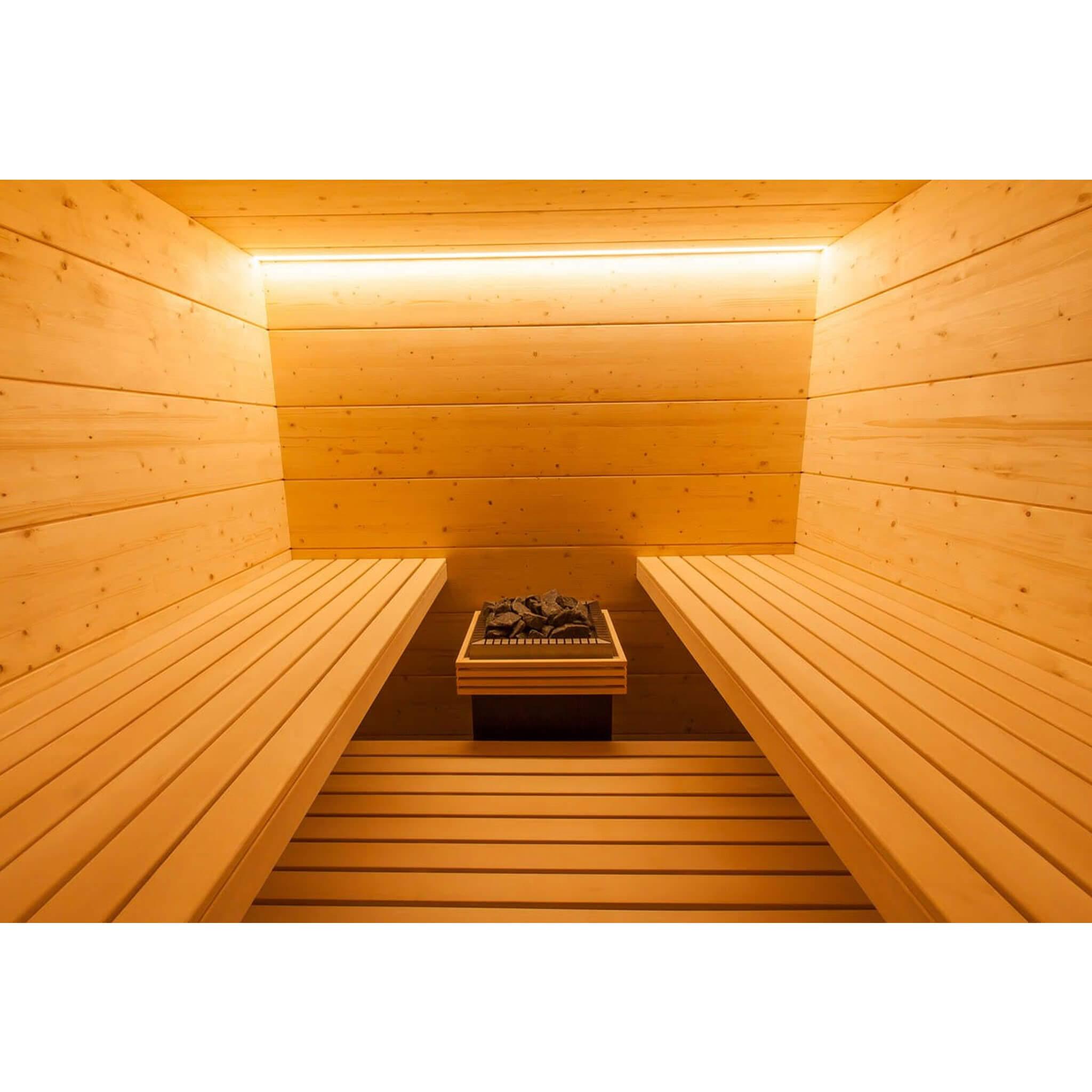The Only Guide to Traditional Sauna
Table of ContentsThe Facts About Traditional Sauna UncoveredWhat Does Traditional Sauna Mean?Traditional Sauna for BeginnersThe Facts About Traditional Sauna UncoveredThe Ultimate Guide To Traditional Sauna
Many of the weight shed in a sauna is water loss and is re-gained upon rehydrating. Without an uncertainty sauna can be an important part of a healthy weight loss program. To take a look at the distinctions in between traditional and IR saunas, I will separate these right into proven, academic, and made distinctions.Therefore, the best point in the saunawhich goes to the ceiling straight over the sauna heateris generally between 185 and 190 F. Claims that a standard sauna goes beyond 200 F is merely not true and not applicable for electric saunas marketed in the United States. The temperature level for a far-infrared sauna is normally established between 120 and 140 F; nonetheless, unlike the standard sauna, the goal in and IR room is not to accomplish a heat.

When a conventional sauna has actually been effectively heated up, the sauna walls are cozy, the air temperature level has achieved set temperature level and the rocks are very heated. As an intriguing side note, the heated wall surfaces and the rocks are releasing far-infrared warmth, combined with the warmed air, to create an "wrapping up warm".
How Traditional Sauna can Save You Time, Stress, and Money.
When the heat is achieved, the aspects cycle on and off to keep the heat. The majority of standard sauna customers delight in pouring water over the rocks to develop heavy steam to elevate sauna moisture levels. The advantages of putting water over the rocks include: making the room a lot more comfortable, moistening the nasal passages, and permitting the usage of aromatherapy by blending necessary oils with the water.

When the power gets in the body, it triggers the body temperature level to raise and ultimately results in perspiration. In an infrared sauna it is essential for the emitters/heaters to continue his comment is here to be on nearly regularly. Given that there is no mass of rocks to maintain warmth, the sauna will certainly cool if the emitters turned off.
What Does Traditional Sauna Mean?
As mentioned above, the sauna bather in an infrared room intends to place himself in front of operating emitters to get maximum take advantage of the heat. The heating time for the 2 rooms can be really various, relying on just how the areas are utilized. For a conventional sauna, a bather should allow 30-40 minutes for the area to accomplish a desired temperature and to appropriately pre-heat the rocks.

A well created sauna will usually achieve a temperature level of 150-160 F in about 30-40 minutes. For hotter temperature levels, the space may need to warm for a longer duration.
To some, 15 mins was "squandered" while the infrared power heated up the timber panels instead than heating up a body, while others locate a pre-heated room to be much more comfortable and believe a raised beginning temperature level is necessary to begin perspiring. The size of recommended usage for every area is roughly the exact same (10-15 mins per session); nonetheless, as a result of the reduced air temperatures and the ability to really feel the results of infrared heat quicker than a standard sauna, it is not unusual for a person to spend a total of 20-30 minutes in an infrared sauna.
Little Known Questions About Traditional Sauna.

The typical cost per kWH of electrical energy in the U.S. is around $0.11, so a 4.5 kW heating system will certainly set you back about $.50 to compete one hour, if the heater runs constantly for one hour. Normally a sauna heater will compete 75% of see here the first hour and 50% of succeeding hours on since the aspects cycle once the established temperature level is achieved.
A 2 person far-infrared room is normally literally smaller sized than a standard sauna, commonly concerning 4' x 4' or smaller. The IR heating unit is usually 1.5-1.7 kW making use of a 120 volt 15 amp plug-in solution. Since the room can be utilized sooner than a sauna room, we will assume the space is utilized for to of an hour including warmth up time.
Lastly, there is a hardly ever gone over distinction in the social experience in between the two rooms. While our society has shed some of the social advantage of the conventional sauna experience, it can be very socially satisfying (Traditional Sauna). From family members time in the sauna, to heart-felt discussions with significant others, to sauna partiesthe standard sauna experience can cause intimate interacting socially
How Traditional Sauna can Save You Time, Stress, and Money.
A lot of greater end infrared spaces include tinted light therapy, noise systems and full-glass fronts.